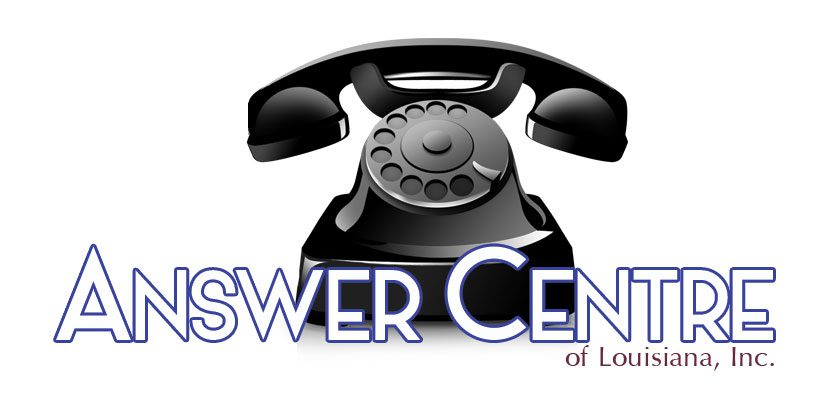In today’s digital world, office roles shift fast. A remote receptionist now works without being in the office. This role keeps calls, meetings, and inquiries flowing smoothly. It saves money, adds flexibility, and is available 24/7. This guide shows you how to hire a remote receptionist who fits your business.
What Is a Remote Receptionist?
A remote receptionist works from another place instead of your office. They answer calls, set appointments, screen calls, and help customers. They use cloud phone systems and digital tools to stay close to your team and clients. Each word in their work builds on the next, making the connection between tasks quick and clear.
Benefits of Hiring a Remote Receptionist
Before you hire one, know why this role matters. Here are key benefits:
- Cost savings: You save money on office space and tools.
- Flexibility: You can adjust hours as your business grows or shrinks.
- 24/7 service: They cover different time zones, ensuring round-the-clock support.
- Higher productivity: Your team focuses on core tasks instead of endless calls.
- Professional image: A trained receptionist handles every call promptly and kindly.
Key Responsibilities of a Remote Receptionist
Their tasks are clear and linked closely. They include:
- Answering inbound calls and guiding them.
- Scheduling appointments and meetings.
- Screening calls to stop spam and sales pitches.
- Handling customer questions with care.
- Managing voicemail and messages.
- Sharing important notes with team members.
- Keeping records of calls and actions.
How to Hire a Remote Receptionist: Step-by-Step Guide
Finding the right person is key. Follow these steps:
1. Define Your Needs and Expectations
Know what you need. Think about:
- Hours or shifts.
- Skills, such as using certain phone systems.
- Clear speech and language skills.
- The ability to cover your time zone needs.
2. Choose the Right Hiring Platform
Find candidates where you prefer:
- Freelance sites like Upwork or Fiverr for flexible work.
- Virtual receptionist companies that offer trained pros.
- Job boards like Indeed or LinkedIn for lasting hires.
3. Evaluate Candidates Thoroughly
Look for quick word links in their skills:
- Experience with remote call handling.
- Knowledge of phone systems and software.
- Good problem solving and customer care.
4. Test Communication and Technical Skills
Perform a practical test like a mock call. Make sure they respond quickly and use tech well.
5. Check References and Previous Work
Ask for references or reviews. Call past employers to see if the links in their work were strong.
6. Establish Clear Work Policies and Communication Protocols
Set clear rules for work hours, reporting, and tool use. Clear rules keep each connection strong and direct.
Essential Qualities to Look for in a Remote Receptionist
Not every candidate fits the role. Look for these qualities:
- Clear, professional speech.
- Reliability and on-time work.
- Comfort with digital tools, such as Zoom or Slack.
- A friendly, customer-first outlook.
- Strong organization in handling schedules and messages.
Tools and Technology for Remote Receptionists
Equip them with the right tools:
- Cloud-based phone systems like RingCentral, Grasshopper, or Nextiva.
- Scheduling tools such as Calendly or Acuity.
- CRM platforms like Salesforce or HubSpot.
- Communication apps like Microsoft Teams, Slack, or Zoom.
- Secure file systems like Google Workspace or Dropbox.
Studies show that using modern tools and remote teams boosts efficiency and customer care.

Cost: What to Expect When Hiring a Remote Receptionist
Costs vary by skill and hours. Typical models include:
- Hourly rates: About $10 to $30 per hour.
- Monthly packages: Often from $300 to $800 per month.
- Per-call basis: Payment based on answered calls or minutes.
Pick a plan that fits your needs and budget.
Tips to Successfully Manage Your Remote Receptionist
Good management builds strong links:
- Have regular check-ins.
- Use project tools to watch tasks.
- Offer continuous training.
- Set clear goals and share feedback.
Frequently Asked Questions About Hiring a Remote Receptionist
1. What qualifications should a remote receptionist have?
They should speak clearly, use computers well, and show great customer care.
2. Can a remote receptionist handle multiple clients?
Yes, especially if you work with a virtual receptionist group. They can switch tasks as needed.
3. How do I ensure security when hiring a remote receptionist?
Use non-disclosure agreements, secure tools, and limit access to sensitive data.
Conclusion: Take Your Customer Service to the Next Level with a Remote Receptionist
Hiring a remote receptionist is a smart step for any business. It boosts communication and cuts costs. By understanding the role, defining your needs, and following these steps, you can find a skilled professional. Start today—bring in a remote receptionist and see your customer service shine!
Ready to boost your business communication without the cost of on-site staff? Explore options and connect with remote receptionist candidates now. Each close word builds a direct link to your success.


